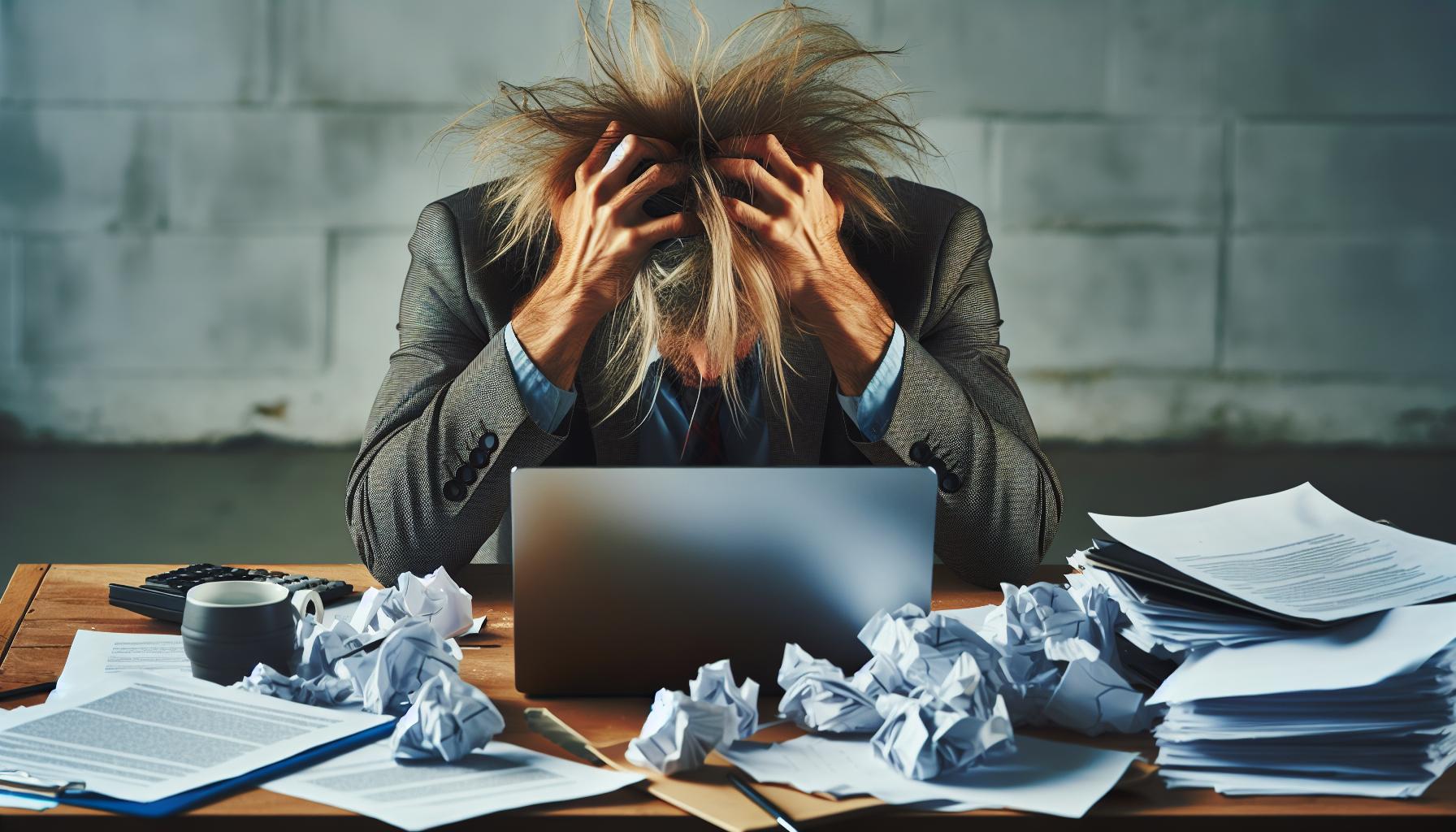How Scheduling Breaks Can Help You Avoid Burnout and Stay Focused
In today’s fast-paced world, it’s easy to get caught up in the hustle and forget to take a breather. I’ve found that scheduling breaks isn’t just a luxury; it’s a necessity for keeping my mind sharp and my spirits high. When I carve out moments to step away from my work, I often return feeling refreshed and ready to tackle whatever’s next.
Importance Of Scheduling Breaks
Scheduling breaks isn’t just a nice-to-have; it’s a brain-saver. I find stepping away from my desk, even for a few minutes, revitalizes my thinking. Breaks boost energy levels and sharpen focus, making the workday feel way more manageable.
Benefits For Mental Health
Breaks are a secret weapon for my mental health. When I take time to recharge, I notice my stress levels drop. Research shows that short breaks can lower anxiety and prevent overwhelm. After a quick walk or a chat with a friend, I often feel lighter and more clear-headed. This isn’t just wishful thinking—multiple studies illustrate that taking breaks promotes overall well-being and emotional resilience.
Types Of Breaks

Taking breaks isn’t just a nice-to-have; it’s vital for keeping my brain happy and my productivity levels high. Different kinds of breaks suit various needs, and knowing which ones to grab can make all the difference.
Microbreaks
Microbreaks are my secret weapon against burnout. These little gems last about 1 to 5 minutes and often include stretching, grabbing a cup of water, or taking a few deep breaths. I stand up, shake off the tension, and gather my thoughts. Research shows that these brief pauses can sharpen focus, boost my mood, and even reduce fatigue—talk about a win-win!
Longer Breaks
Longer breaks—think 15 minutes to an hour—are crucial for recharging. When I step away for a bit longer, I dive into activities that genuinely refresh me, like taking a walk, enjoying a snack, or even a quick online game. Studies reveal these breaks help my brain reset, improve memory, and enhance creativity. The more I embrace longer breaks, the better I feel mentally and emotionally. I come back ready to tackle my tasks with renewed energy and focus.
Strategies For Effective Break Scheduling

Breaks are essential for keeping my mind sharp and my spirits high. Scheduling them strategically can make all the difference. Here are two effective methods I often use.
The Pomodoro Technique
The Pomodoro Technique is a game changer. I work for 25 minutes, totally focused, then take a 5-minute break. It’s like a sprint for my brain. I find that during those intense 25 minutes, I dive deep into my tasks, and when that timer dings, I step away for a mini-refresh. Stretching, grabbing a snack, or just breathing deeply recharges me. After four “Pomodoros,” I reward myself with a longer break—around 15 to 30 minutes. It’s amazing how these tiny breaks boost my productivity and creativity. Plus, I get to enjoy a few moments of guilt-free relaxation.
The 52/17 Rule
I also love the 52/17 Rule. I focus on my work for 52 minutes and then take a 17-minute break. This one feels more luxurious. Fifty-two minutes might seem long, but it gives my brain enough time to get into the zone. After that, 17 minutes of a proper break feels like a mini-vacation. I often use this time to chat with a friend, grab coffee, or even toss the ball for my pup. These breaks help clear my head and keep my focus sharp when I dive back into work. Trust me, a few minutes of fun can turn a dreary workday into a vibrant one.
Recognizing Signs Of Burnout

Spotting burnout isn’t like finding Waldo; it’s a bit trickier. Signs creep in, often unnoticed until things feel overwhelming. Knowing what to look for helps me catch it before it takes over.
Physical Symptoms
Burnout shows up physically, and trust me, it ain’t a picnic. Fatigue, headaches, and muscle tension happen way too often. Sometimes, I wake up feeling like I ran a marathon in my sleep. Or I get those pesky fluttering heart palpitations like I just drank four cups of coffee. If getting out of bed feels like scaling Everest, my body’s screaming for a break. Listening up and paying attention to what my body says keeps me from hitting that burnout wall.
Emotional Symptoms
Emotional symptoms hit hard and fast. One moment, I feel like I could conquer the world, and the next, I’m staring blankly at my screen, wondering why everything feels heavy. Irritability jumps in too; small annoyances turn into mountain-sized problems. If I catch myself getting way too emotional about tiny mistakes or feeling detached from my work, that’s my cue to step back. Self-awareness here makes all the difference. Accepting these feelings helps me take a step back and recharge, keeping burnout at bay.
Conclusion
Finding the right balance between work and breaks has been a game changer for me. I’ve learned that taking time to step away can truly boost my productivity and creativity. It’s amazing how just a few minutes of stretching or a longer walk can reset my mind and lift my spirits.
Recognizing the signs of burnout has also made a huge difference. When I feel fatigue creeping in or my mood dipping I know it’s time to pause and recharge. By scheduling breaks intentionally I’ve been able to maintain my focus and tackle tasks with renewed energy.
I encourage you to embrace breaks in your routine. You might be surprised at how much better you feel and how much more you can accomplish.

